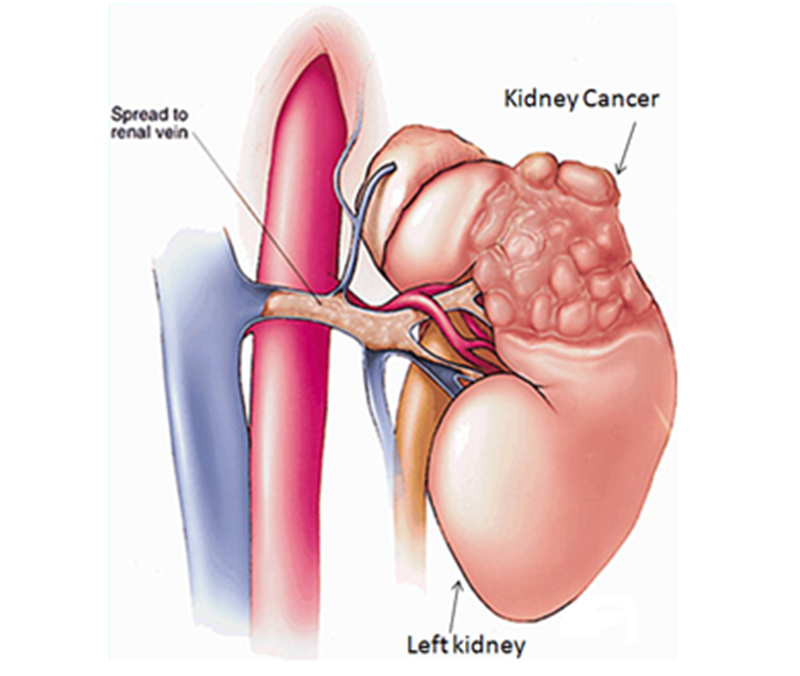Urinary calculi are solid particles like stones in the urinary system. They can develop anywhere along your urinary tract, which consists of these parts:
Urinary calculi may remain within the renal parenchyma or renal collecting system or be passed into the ureter and bladder. During passage, calculi may irritate the ureter and may become lodged, obstructing urine flow and causing hydroureter and sometimes hydronephrosis. Common areas of lodgment include the following:

Symptoms are:
Based on symptoms and signs following diagnosis methods are available:
With most of these disorders, urinary symptoms are uncommon and other symptoms may suggest which organ system is actually involved, for example: vaginal discharge or bleeding in pelvic disorders among females.
Treatments available are:
Taking preventive measures like eating proper food, avoiding pollution, having good sanitation and other doctor advised measures will help prevent this condition.

